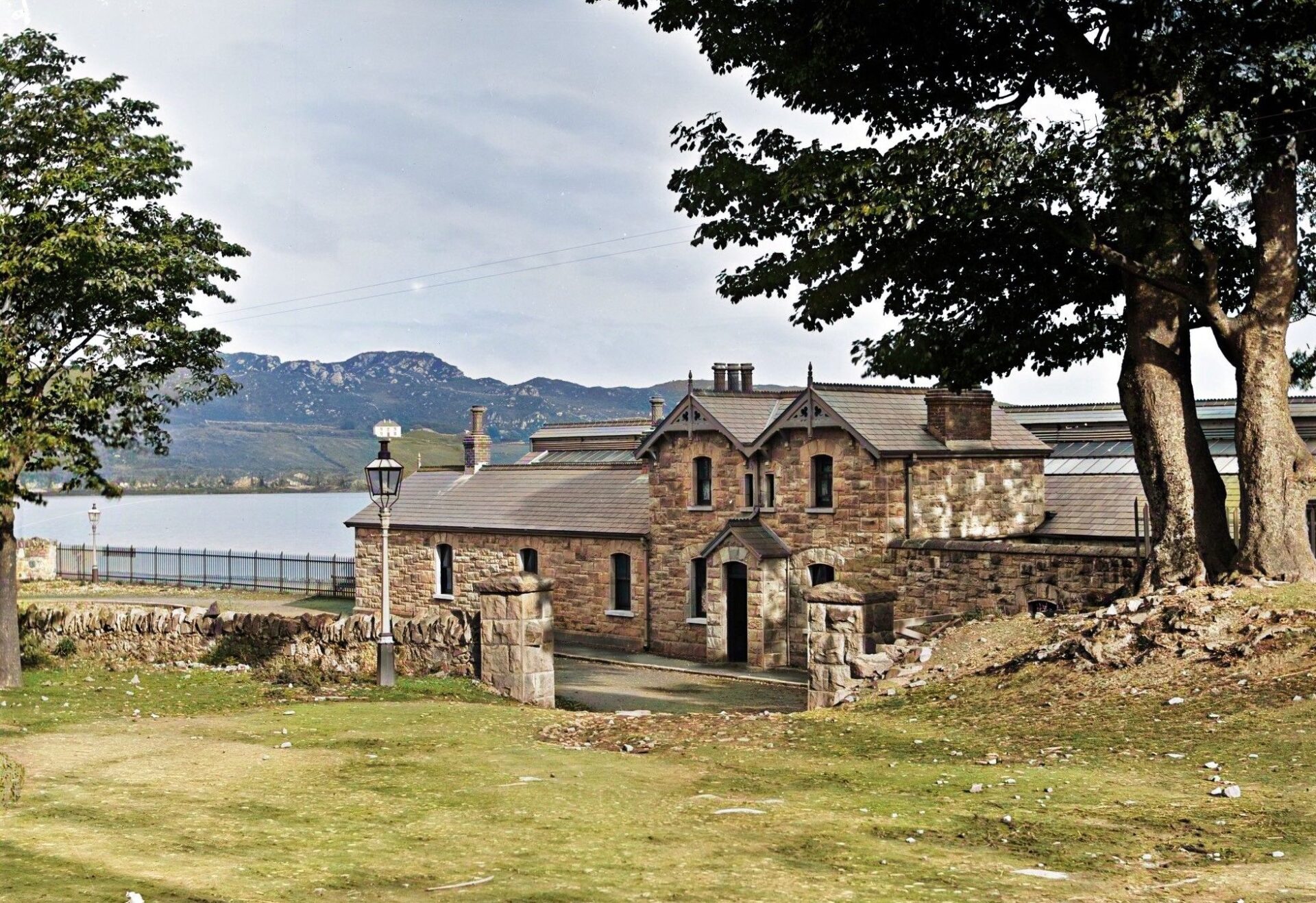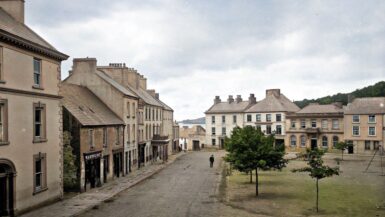Origins and Context
Killybegs Railway Station was a significant part of the Donegal Railway network. Established to connect the major fishing port town of Killybegs with broader regions, the station facilitated efficient movement of both passengers and goods.
The impetus behind the establishment of a railway connection to Killybegs lay in the town’s prominence in Ireland’s maritime activities. It served as a critical link, especially for the bustling fisheries sector of Killybegs, to reach markets and other destinations.
The Donegal Railway Network
The Donegal Railway Company operated this branch of the network. The railway’s choice of a 3ft (914mm) narrow gauge was deliberate, taking into account the challenging terrains of County Donegal. Narrow gauge railways, because of their design, are often more adaptable to rugged environments, offering flexibility in route layouts and often coming at a lower construction cost than standard gauge railways.
Operations and Routes
The primary route that Killybegs Railway Station catered to was between Donegal Town and Killybegs. This linkage not only transported fish from the Killybegs port but also served passengers traveling to and from the region. The station, thus, played a pivotal role in enhancing trade and communication for the town and its surrounding areas.
Significant Dates
The railway line connecting Donegal Town to Killybegs officially opened on 18th August 1893. It remained operational for several decades, playing a key role in the region’s transportation landscape. However, as with many narrow-gauge railways that faced economic and logistical challenges, especially with the rise of road transport, the line eventually ceased its operations. The Killybegs branch of the Donegal Railway Company closed on 1st January 1960.
Legacy and Current Status
The Killybegs Railway Station, once a hub of activity and a vital connection point in County Donegal, met its end several years after the closure of its railway operations. The main train station building was demolished around 1980. Subsequently, the remaining associated structures were also razed in the 1990s. This marked the end of a tangible chapter of the town’s railway heritage, leaving behind only memories.






Leave a reply